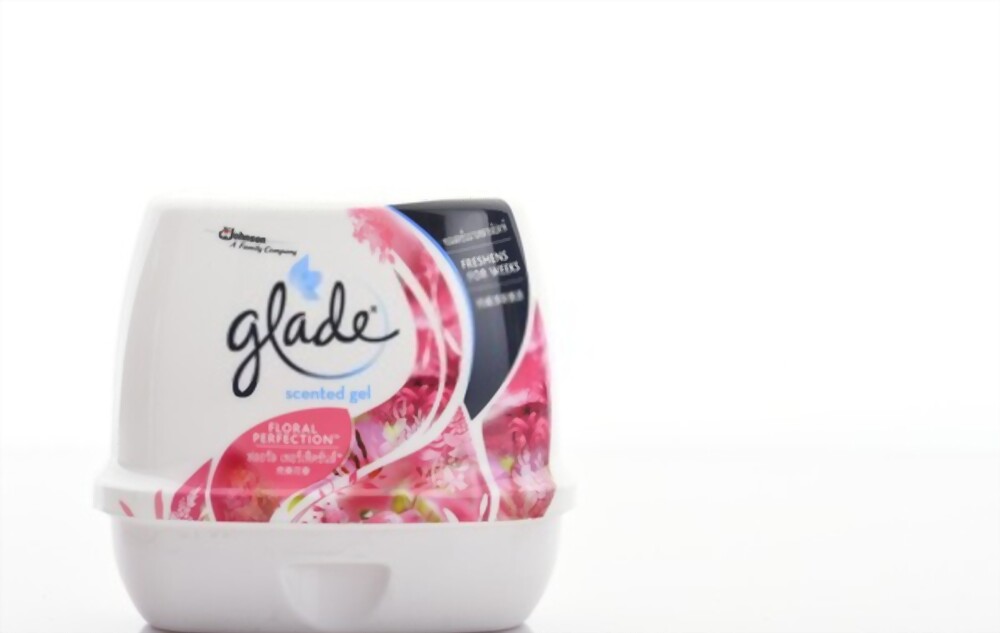Summary: Battle of the scentury: Glade vs Air Wick
The NAD ruled that S.C Johnson & Son provided basis for a claim that its Glade products’ scent lasts longer, and that other claims it made in advertisements are non-actionable puffery. This decision offers guidance to marketers and advertisers looking to make comparative claims by showing where sensory research can support sensory claims.
Battles of the Scentury: Glade vs Air Wick
Reckitt Benckiser, LLC (RB) is the maker of Air Wick brand air-freshening products. Those products compete with Glade brand air fresheners, which are made by S.C Johnson & Son (SCJ). RB challenged a number of claims made by SCJ in online and social media advertising, including claims that compared Glade favorably to Air Wick as well as non-comparative claims. The comparative claims at issue included a claim that Glade’s air freshener lasted 50% longer than older Glade models, provides a more “authentic” lavender scent than an Air Wick lavender product, that the product was the most adjustable air fragrance warmer, and that Glade’s “authentic fragrance adjusts to any room size.” SCJ specifically challenged RB by mentioning Air Wick in its ads, stating that the Glade product was
- “More authentic lavender than Air Wick”;
- “More authentic lavender than Air Wick* *vs. Air Wick Lavender & Chamomile”; and
- “Experience a more authentic lavender fragrance* *vs. Air Wick Lavender & Chamomile.”
Non-Actionable Puffery in Sensory Claims
The NAD found that some of these claims were non-actionable puffery. Puffery describes advertising and marketing claims that are so exaggerated that a reasonable person would not believe them, or are not provable or quantifiable. Because these statements aren’t meant to be taken literally, they cannot constitute false advertising, and therefore cannot be the basis of a false advertising lawsuit. In this instance, the NAD found that both “Redesigned for a superior fragrance experience” and “True fragrance, crafted only by Glade” were non-actionable puffery because they could not be verified or disproven.
But the “true fragrance” statement was preceded by “Experience a more authentic lavender,” which the NAD found was an objective claim comparing Glade’s lavender scent to Air Wick’s. This claim, the NAD said, could communicate to a reasonable consumer that Glade has a higher quantity of lavender components than Air Wick, that its lavender scent is more authentic, or that its lavender scent is more intense or stronger. Any of these would require corroborating research into how the two brands’ lavender scents compare to an authentic lavender plant, the NAD said.
False inScentives?
In support of its “more authentic lavender” claims, Glade submitted a consumer perception survey measuring consumer sensory perceptions of the authenticity of the lavender scents. However, the NAD determined that this survey was not sufficient substantiation, because it only interviewed consumers about how they perceived the scent of lavender, rather than investigating how close the scent of real lavender was to either Glade’s or Air Wick’s lavender.
Additionally, the NAD ruled that SCJ’s claims that its air freshener is the most adjustable and that it can adjust to any room size were misleading in conjunction with a house icon. However, it also ruled that SCJ had provided a reasonable basis for its claim to offer “up to 50% longer lasting fragrance.”
Smells Like a Victory?
In the end, the NAD recommended that Glade discontinue or modify its comparative claims regarding authenticity. If you use sensory claim surveys to substantiate your marketing and advertising, be sure that your research is properly connected to your use of claims–because spending money on rebranding and marketing, stinks. If you’re looking for reliable, professional research to substantiate a sensory claim, MMR Strategy Group can help. Contact us to discuss a quote for your project.
Read more blogs about Non-Actionable Puffery here
Read more case studies about Sensory Claims here
